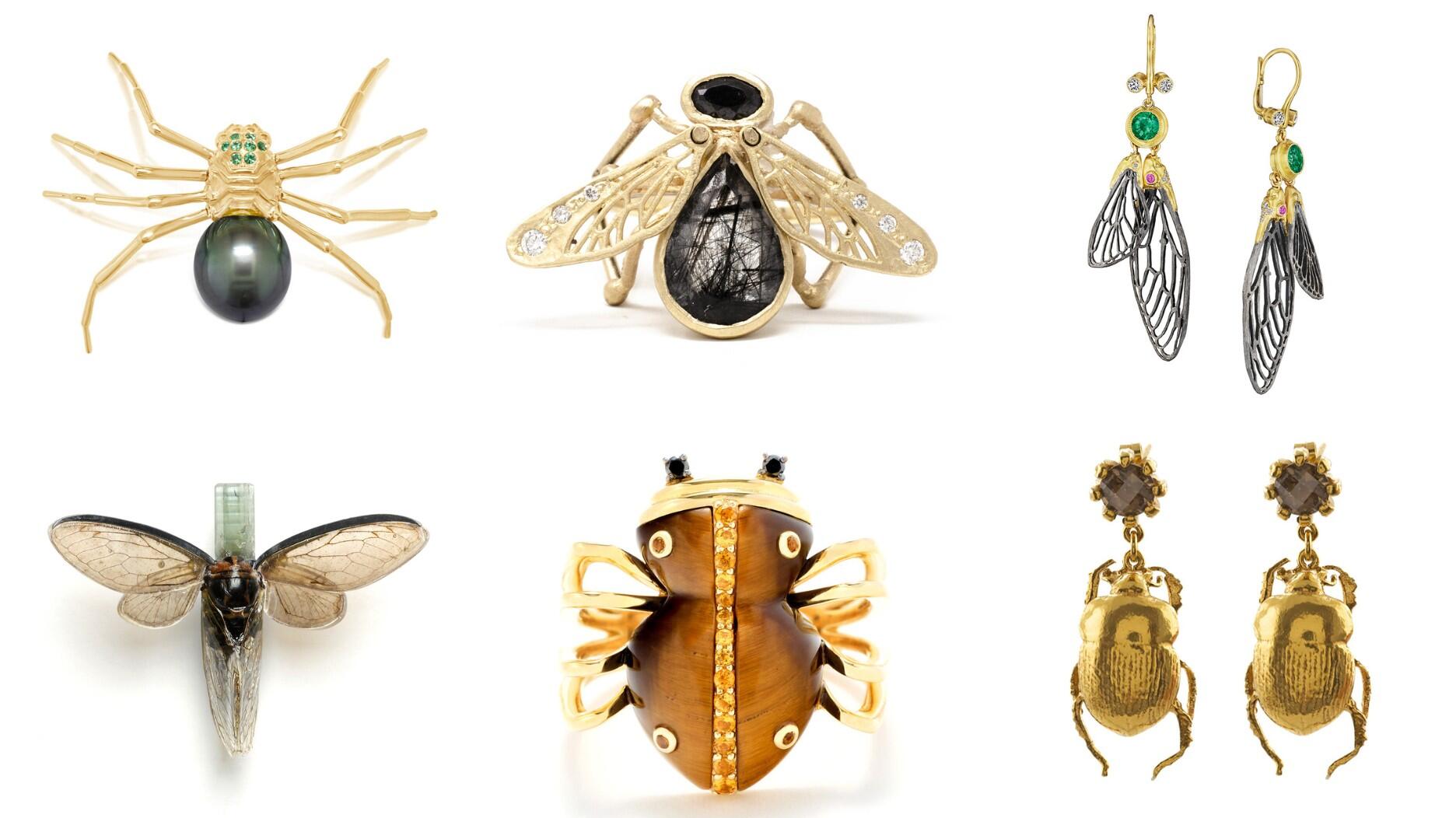Carlos Jose Hernandez and Joshua Zuazo were sentenced to life without the possibility of parole in the 2024 murder of Hussein “Sam” Murray.
Start looking in the rear view mirror
With the election over (finally), it's time to forecast where our industry is heading. If we're not in a recession now, we will be shortly. What was learned during the recessions of 1980, 1990, 2001, etc., should test your leadership...

With the election over (finally), it's time to forecast where our industry is heading.
If we're not in a recession now, we will be shortly. What was learned during the recessions of 1980, 1990, 2001, etc., should test your leadership as well as your management expertise. More than 10 percent of U.S. companies disappear annually, often because of their leaders' denial that consumer needs and distribution channels are always changing. Recessions just speed these downfalls along.
For example, Henry Ford failed to notice in the late 1920s that consumers wanted more from a car than transportation; they wanted status. His denial gave General Motors a chance to seize market share. In the 1970s, with oil expensive and stagflation rife, the Big Three automakers denied that consumers wanted reliable, affordable transportation—not gas-guzzling status symbols. So the Japanese swept in with precisely what Americans wanted.
To stay ahead of competitors, jewelers need to understand that every product or service has a primary purpose (with jewelry, it's probably appearance) and a secondary purpose (such as enjoyment, status). The line between the two inevitably shifts, depending on what's happening in the economy and society. Detect when it shifts—from high-end to low-end, or from yellow gold to white gold—and you stand a better chance of offering consumers what they want.
We would all like to hear—and learn—what you did to manage your jewelry company during past recessions. We could all benefit from the information.
Jan Brassem is founder of Eclipse Global Consulting LLC, a firm that assists jewelry retailers who are expanding into foreign markets and/or sourcing globally. You can e-mail him at Jan@EclipseGlobalConsulting.com.
The Latest

Yood will serve alongside Eduard Stefanescu, the sustainability manager for C.Hafner, a precious metals refiner in Germany.

The New Orleans jeweler is also hosting pop-up jewelry boutiques in New York City and Dallas.

How Jewelers of America’s 20 Under 40 are leading to ensure a brighter future for the jewelry industry.

Set in a Tiffany & Co. necklace, it sold for $4.2 million, the highest price and price per carat paid for a Paraíba tourmaline at auction.


The jeweler’s “Deep Freeze” display showcases its iconic jewelry designs frozen in a vintage icebox.

Take luxury gifting to new heights this holiday season with the jeweler’s showstopping 12-carat sphene ring.

Roseco’s 704-page catalog showcases new lab-grown diamonds, findings, tools & more—available in print or interactive digital editions.

This year's theme is “Unveiling the Depths of the Ocean.”

In its annual report, Pinterest noted an increase in searches for brooches, heirloom jewelry, and ‘80s luxury.

Starting Jan. 1, customers can request the service for opal, peridot, and demantoid garnet.

The 111-year-old retailer celebrated the opening of its new location in Salem, New Hampshire, which is its third store in the state.

The new catalog features its most popular chains as well as new styles.

The filmmaker’s personal F.P. Journe “FFC” prototype was the star of Phillips’ recent record-setting watch auction in New York.

The new location in the Design District pays homage to Miami’s Art Deco heritage and its connection to the ocean.

Inflations, tariffs, and politics—including the government shutdown—were among consumers’ top concerns last month.

“Longtime favorite” presenters, as well as first-time speakers, will lead talks and workshops at the annual event in Tucson next year.

Silas Smith of Meridian Metalworks won the challenge with his pendant that blends Australian and American landscapes.

The sale of the 31.68-carat, sunset-hued stone was part of Sotheby’s first series of events and auctions in Abu Dhabi.

Most customers who walk into your store this month have made up their minds. Your job is to validate their choice, Emmanuel Raheb writes.

The collection features characters and motifs from Ukrainian folklore, including an enchanted mirror and a magic egg.

MatrixGold 3.11, the newest version of the jewelry design program, offers more flexibility, precision, and creative control.

The pavilion will be part of the 2026 JA New York Spring show, scheduled for March 15 to 17.

Kadet, a 1994 National Jeweler Retailer Hall of Fame inductee, helped grow the family-owned retailer in the Chicago area and beyond.

Billed as the world’s smallest wearable, Lumia Health’s new smart earrings have a health tracker subtly embedded in the back.

Don’t let those with December birthdays feel blue. Help them celebrate their month with blue zircon, turquoise, and tanzanite.

The new pink sapphire version of the piece dances with its wearer in the brand’s “Icons After Dark” holiday campaign.


























